Invertebrates
Invertebrates are the animals that lack a back bone. They are very diverse, and include species as different as the Banana Slug, the Green Sea Urchin, sea sponges and the Common House Spider. They are found absolutely everywhere in Canada, from coast to coast to coast, whether in aquatic ecosystems, in the dry Plains or in the Arctic Tundra. About 97% of the species found on Earth are invertebrates, and 85% are Arthropods, a group that includes crustaceans, spiders and insects amongst others.
Approximately 35 000 species of insects have been documented in Canada. So it should come as no surprise that they play a huge role in helping our ecosystem and environment remain healthy.
Consider, for a minute, all the benefits that insects provide:
Birds, fish, and frogs all depend on insects as an invaluable source of food. We humans depend on insects for our honey, beeswax, and silk. Our food crops, flowers, and plants couldn’t flourish without the pollen of nature’s intrepid insects. Insects are also important predators of pests that can destroy our gardens. Plus, our tiny friends also play a critical role in the recycling of materials, eliminating waste, and keeping our soils healthy.
This section will tell you everything you could ever want to know (if not more) about a few of the not-so-creepy critters that call Canada home.
-
 Alexis Hayes
Bumble Bee
Alexis Hayes
Bumble Bee
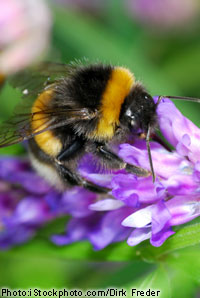 Bees are winged, often hairy, pollen-gathering insects of the Hymenoptera order. Many consider bumble bees to be the most important group of pollinators. Pollinators are animals that transfer pollen between plants, allowing fertilization, which is essential to fruit and seed production. Almost 80% of all flowering plants depend on pollinators to help them transfer their pollen.
Bees are winged, often hairy, pollen-gathering insects of the Hymenoptera order. Many consider bumble bees to be the most important group of pollinators. Pollinators are animals that transfer pollen between plants, allowing fertilization, which is essential to fruit and seed production. Almost 80% of all flowering plants depend on pollinators to help them transfer their pollen.There are more than 25,000 bee species in the world. Of the roughly 800 bee species in Canada, next to the honey bee, the bumble bee is the best known. Bumble bees are large (13–25 mm in length), hairy bees that are usually black and yellow with clear wings with black veins. The hind legs of female bumble bees have a wide, cupped area for collecting pollen. The sex of each bee can be distinguished by counting the number of segments on its back (six in females, seven in males), or the number of segments of the antennae (12 in females, 13 in males).
Bees like the bumble bee are native to Canada, meaning they originated here. Bees that are non-native, like the honey bee, were introduced to Canada from other countries. Some other groups of bees native to Canada include: the masked bee, the plasterer bee, the small mining bee, the dagger bee, the halictid bee, the oil-collecting bee, the leaf-cutter bee, the mason bee, the dwarf carpenter bee, the cuckoo bee and the long-horned bee.
-
 André Denis
Monarch Butterfly
Monarch Butterfly (30 seconds) Monarch Butterfly (60 seconds)
André Denis
Monarch Butterfly
Monarch Butterfly (30 seconds) Monarch Butterfly (60 seconds)
With its bright colours, large size, and slow powerful flight, the monarch Danaus plexippus is probably the most widely recognized of all North American butterflies. The bright orange wings, which span 93 to 105 mm, have a thick black border containing two rows of white spots. Male monarchs also have two highly visible black spots on their hind wings. The bands of black on the wing veins are wider on the female monarch.
At first glance the monarch may be confused with the viceroy Limenitis archippus, which has a similar appearance. The viceroy is smaller, with a wingspan of 70 to 75 mm. The viceroy also has a black crosswise stripe that crosses the bottom of its back wings. -
 Debbie Oppermann
Mosquito
Debbie Oppermann
Mosquito

Photo: Brock University/Aynsley ThielmanMosquitoes are thin, long-legged, two-winged insects and are typically six to 12 millimetres in length. Both males and females have antennae and an elongated "beak" or proboscis three to four times longer than its head. These insects belong to the Diptera order, known as the true flies, in the family Culicidae. All true flies have two wings; however, mosquitoes are the only true flies to have scaled wings.
-
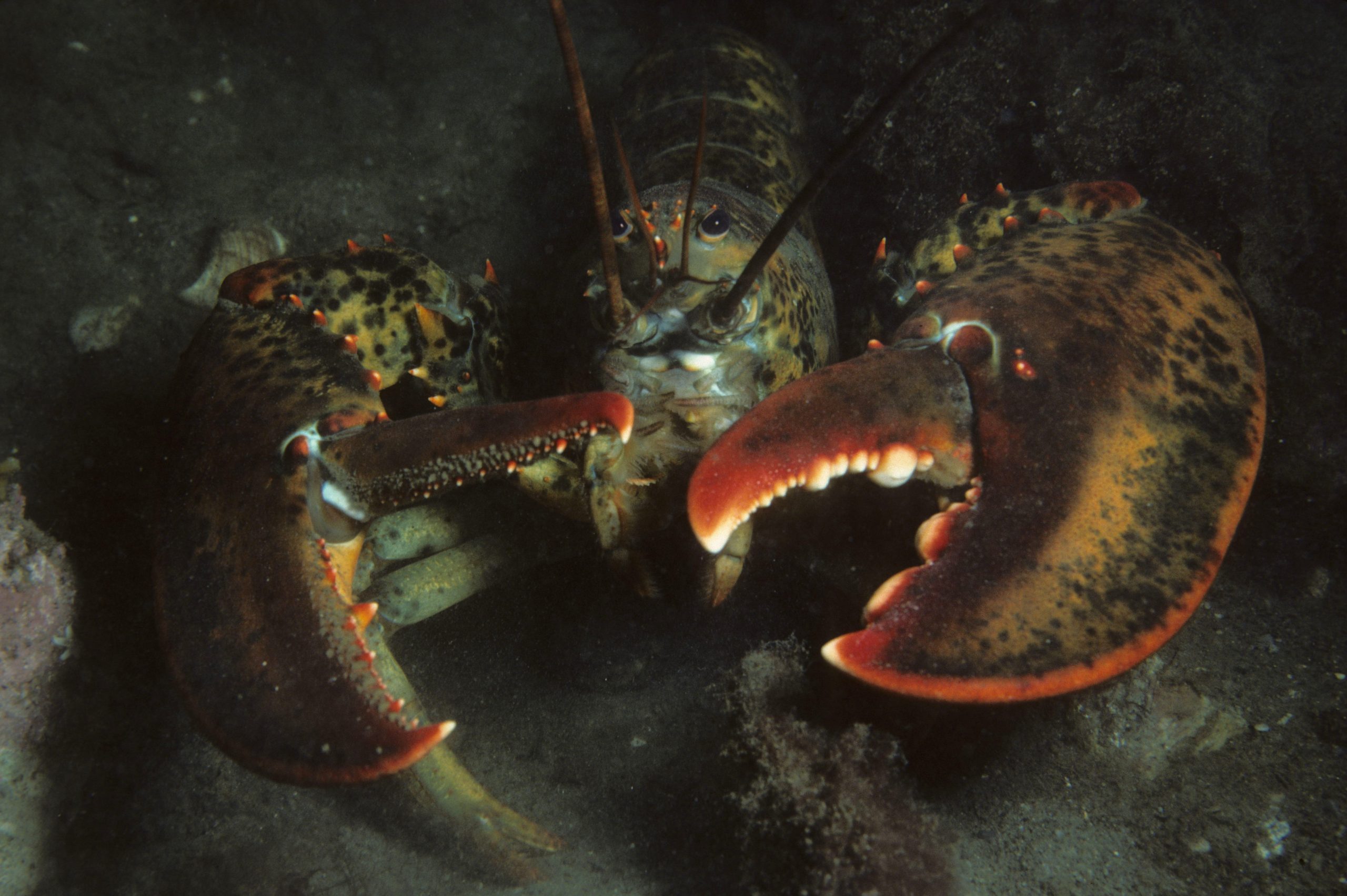 Thinkstock
North American Lobster
North American Lobster North American Lobster (30-seconds) North American Lobster (youth) North American Lobster (15-seconds)
Thinkstock
North American Lobster
North American Lobster North American Lobster (30-seconds) North American Lobster (youth) North American Lobster (15-seconds)

North American Lobster HeadThe American Lobster (Homarus americanus) is a marine invertebrate which inhabits our Atlantic coastal waters. As an invertebrate, it lacks bones, but it does have an external shell, or exoskeleton, making it an arthropod like spiders and insects. Its body is divided in two parts: the cephalothorax (its head and body) and its abdomen, or tail. On its head, the lobster has eyes that are very sensitive to movement and light, which help it to spot predators and prey, but are unable to see colours and clear images. It also has three pairs of antennae, a large one and two smaller ones, which are its main sensory organs and act a bit like our nose and fingers. These antennae are able to smell the water to locate prey and touch elements in the lobster’s environment so it can find its way. The lobster’s mouth is located just below its eyes. Around its mouth are small appendages called maxillipeds and mandibles which help direct food to the mouth and chew. Food is then brought to the first of the lobster’s two stomachs, which is just inside its mouth! The lobster’s respiratory system is made of gills, like fish, which are situated on each side of its cephalothorax.

North American Lobster Showing Its Different claws
The lobster’s legs are also found on the cephalothorax. Lobsters have ten legs, making them decapod (ten-legged) crustaceans, a group to which shrimp and crabs also belong (other arthropods have a different number of legs, like spiders, which have eight, and insects, which have six). Four pairs of these legs are used mainly to walk and are called pereiopods. The remaining pair, at the front of the cephalothorax, are called chelipeds and each of those limbs ends with a claw. These claws help the lobster defend itself, but also capture and consume its prey. Each claw serves a different purpose: the bigger, blunter one is used for crushing, and the smaller one with sharper edges, for cutting. The claw used for crushing can be on the lobster’s right or left side, making it “right-handed” or “left-handed”. When a lobster’s limb, claw or antennae becomes damaged or lost, it is regrown when the lobster moults, a process called autotomy or regeneration. Hairs on the lobster’s legs and claws also act as sensory organs and are able to smell.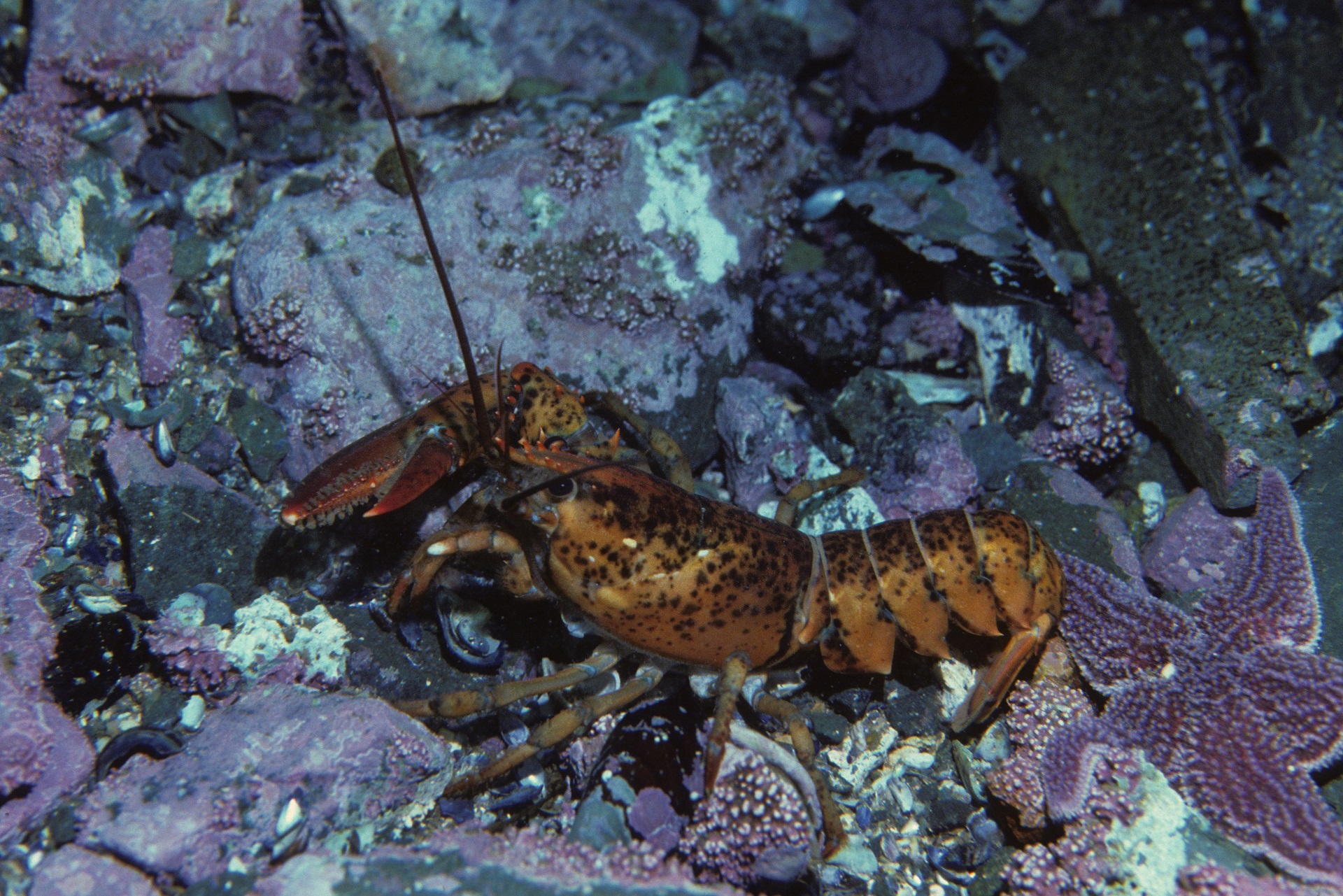
North American Lobster Missing A Claw -
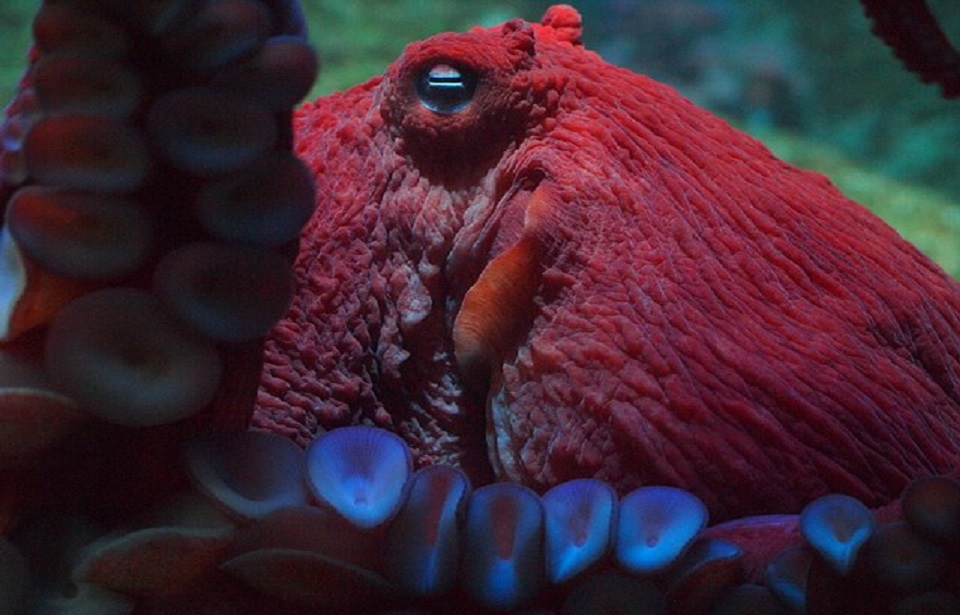 Bill Abbott
Northern Giant Pacific Octopus
Northern Giant Pacific Octopus Northern Giant Pacific Octopus (30 seconds) Northern Giant Pacific Octopus (Youth) Northern Giant Pacific Octopus (15 seconds) Ocean Commotion (webisode)
Bill Abbott
Northern Giant Pacific Octopus
Northern Giant Pacific Octopus Northern Giant Pacific Octopus (30 seconds) Northern Giant Pacific Octopus (Youth) Northern Giant Pacific Octopus (15 seconds) Ocean Commotion (webisode)
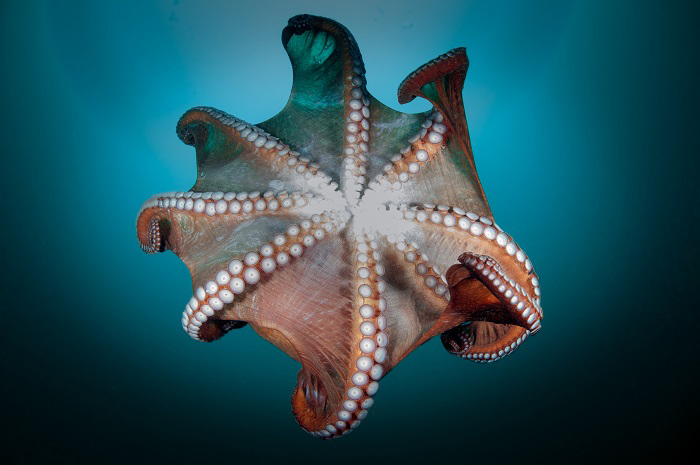
Giant Pacific Octopus Underside The Northern Giant Pacific Octopus (Enteroctopus dofleini) is a large cephalopod mollusk, which means it’s related to gastropods (snails and slugs) and bivalves (clams and oysters). Mollusks are invertebrates, meaning they have no bones. Insects are also invertebrates, but mollusks differ from insects in that they don’t have an exoskeleton. They are cold-blooded, like all invertebrates, and have blue, copper-based blood. The octopus is soft-bodied, but it has a very small shell made of two plates in its head and a powerful, parrot-like beak.

Anatomy of the Giant Pacific Octopus' head The Giant Pacific Octopus is the largest species of octopus in the world. Specimens have weighed as much as 272 kg and measured 9.6 m in radius (although they can stretch quite a bit), but most reach an average weight of only 60 kg. They’re normally reddish-brown in colour.












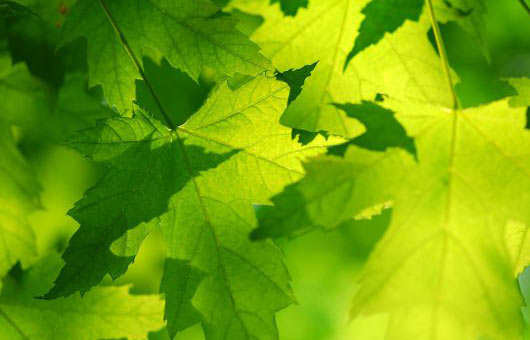
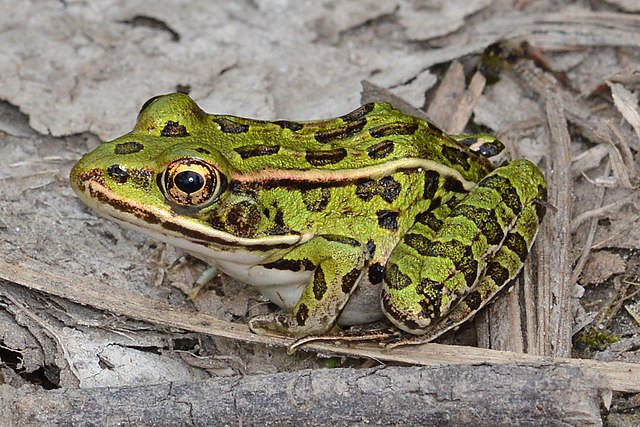
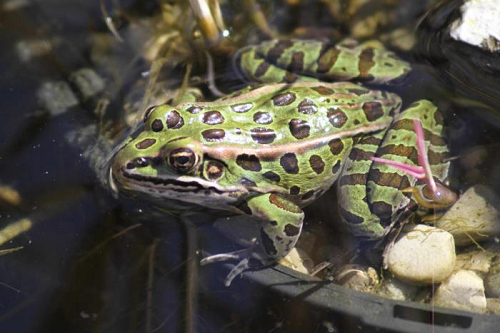
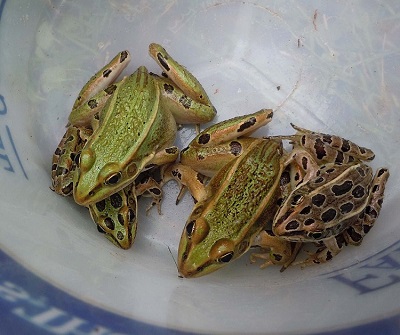
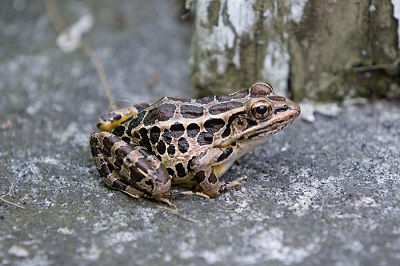

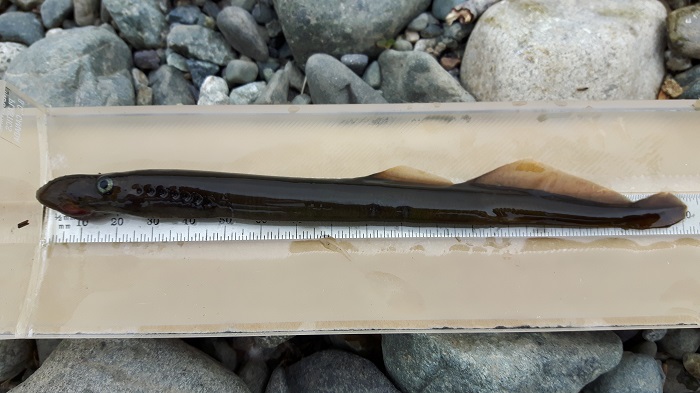
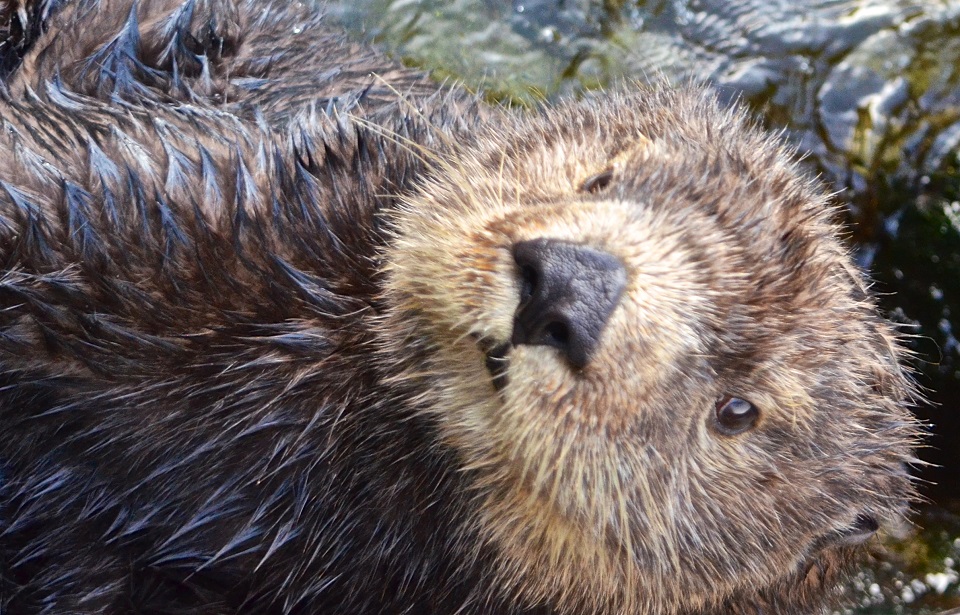

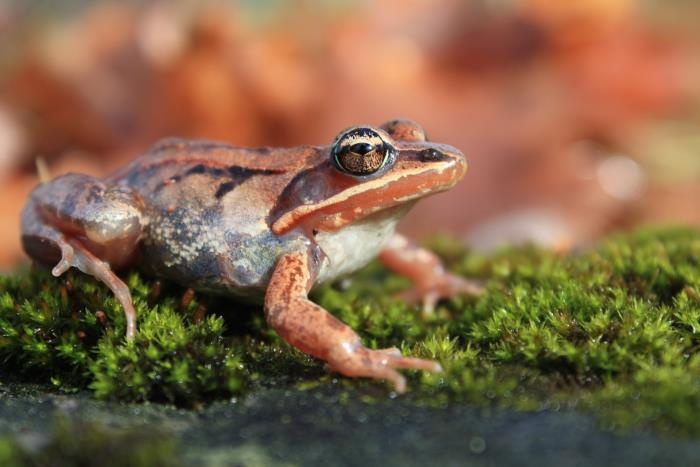

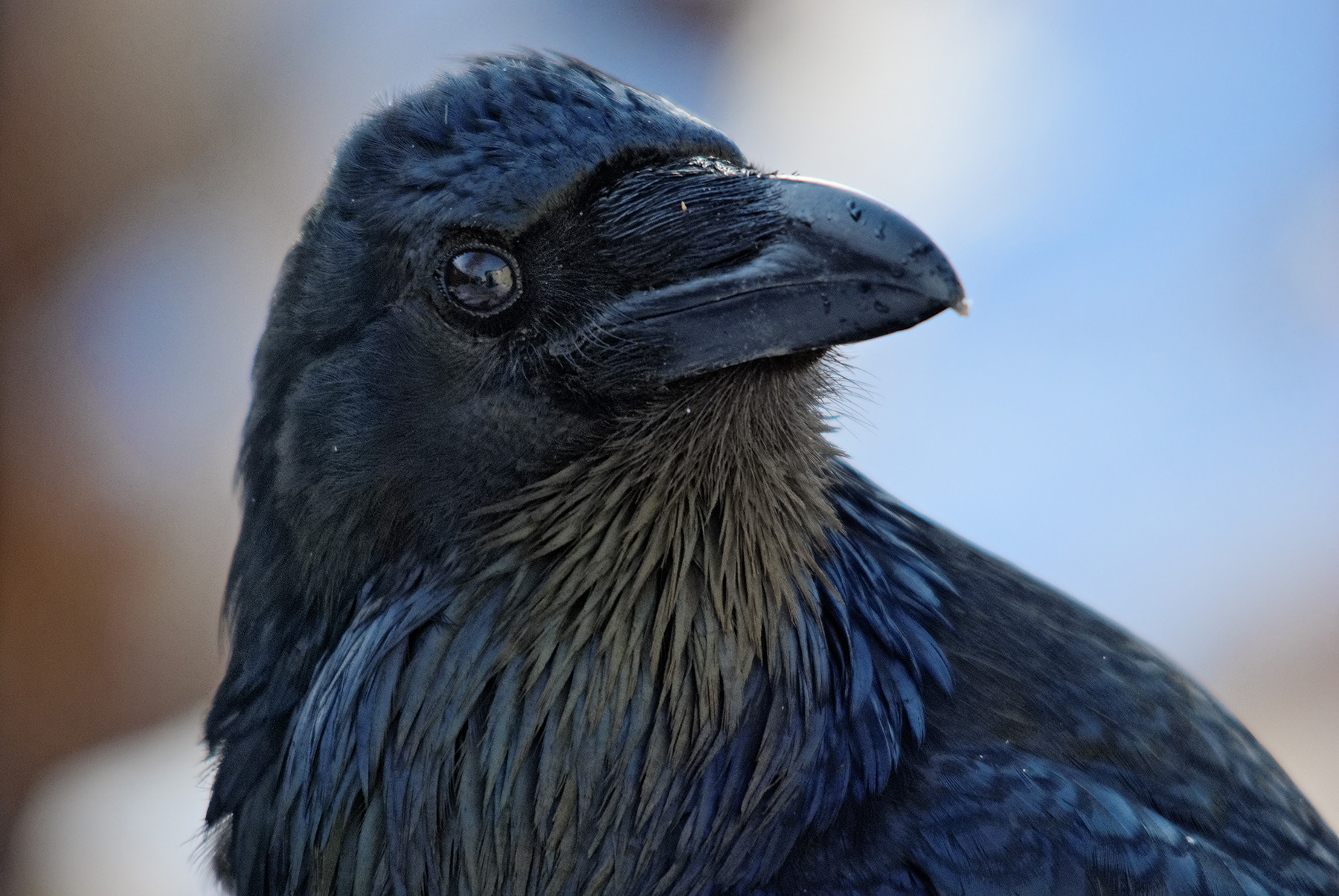
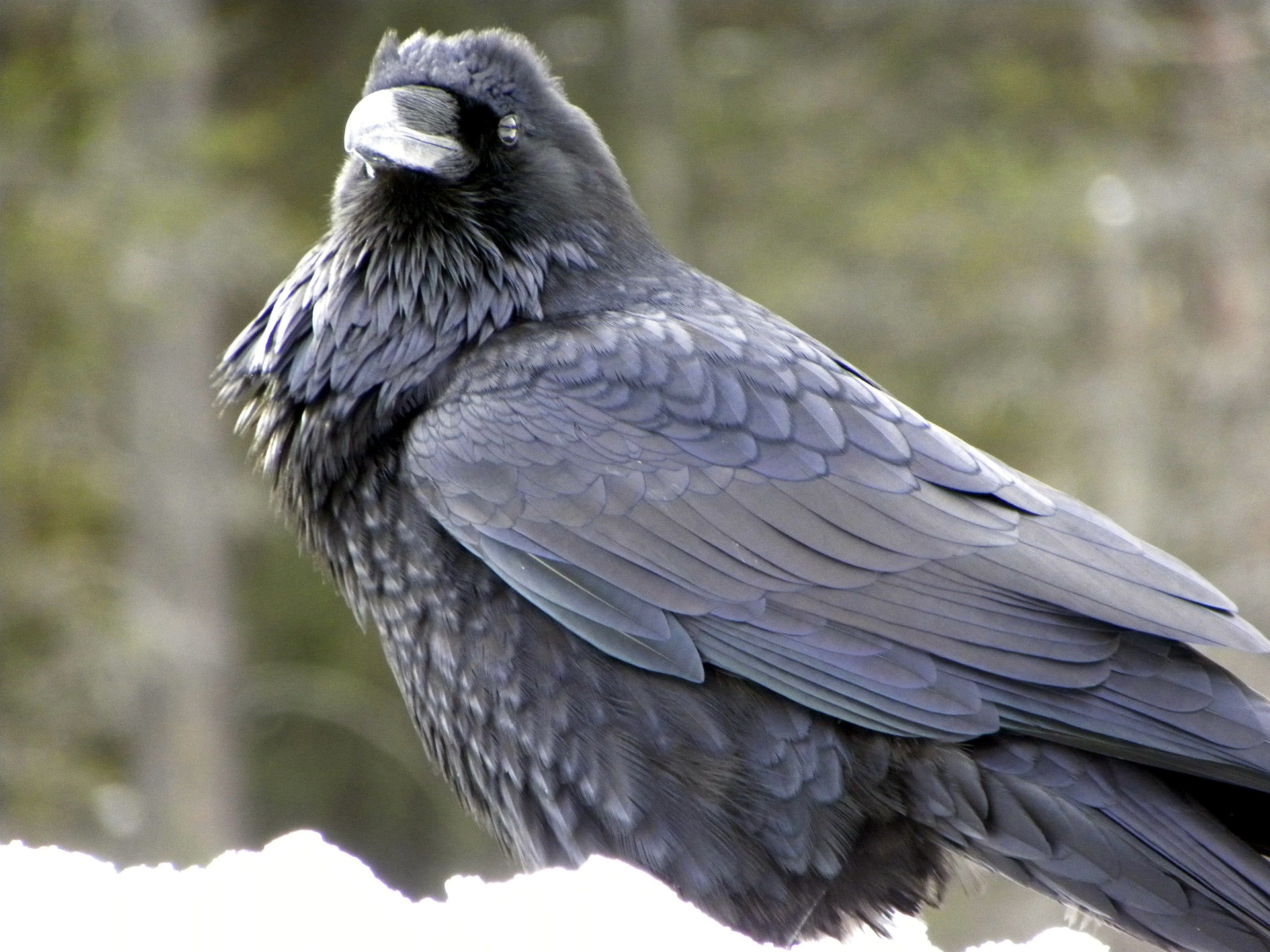

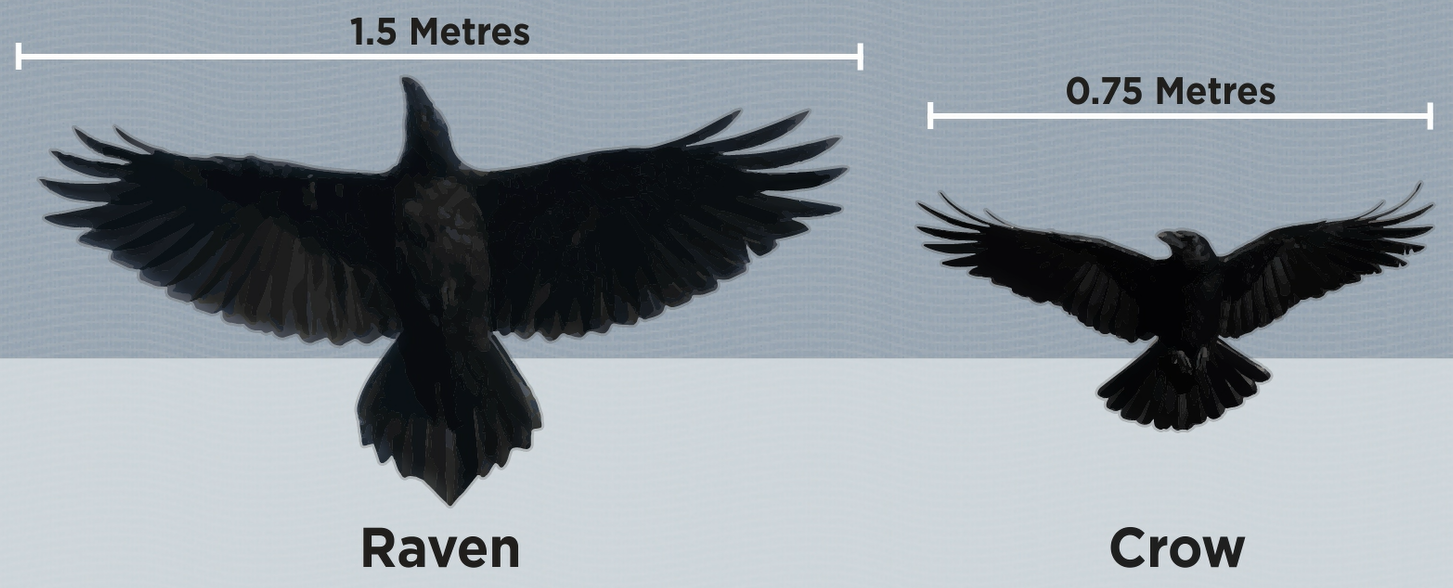
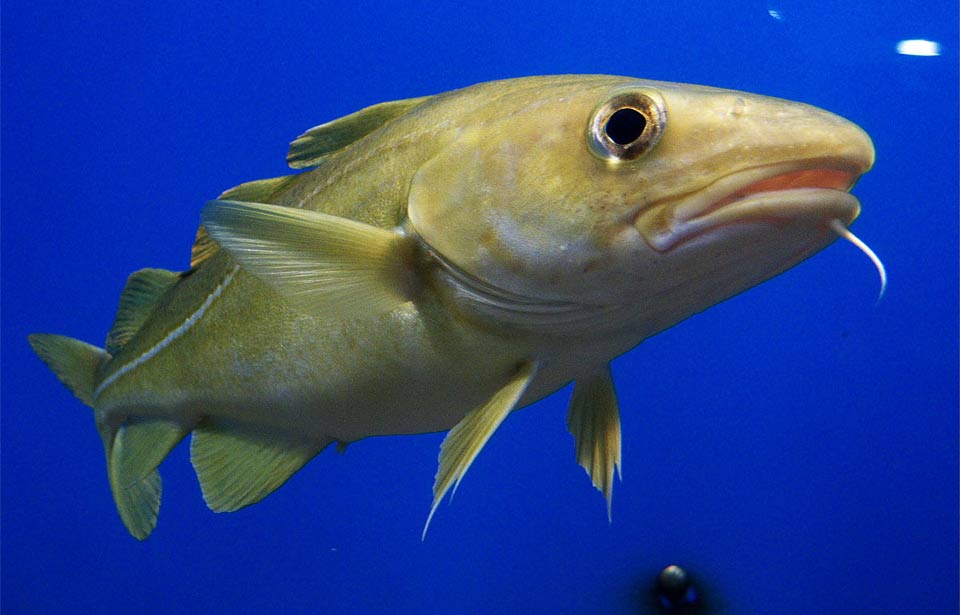
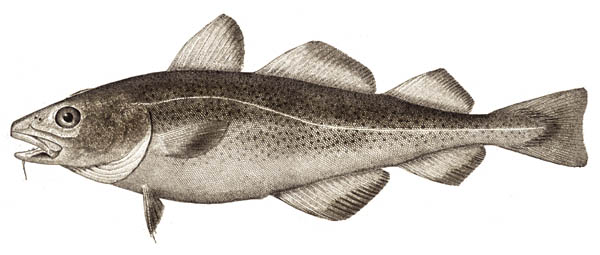 The Atlantic Cod (Gadus morhua) is a medium to large saltwater fish: generally averaging two to three kilograms in weight and about 65 to 100 centimetres in length, the largest cod on record weighed about 100 kg and was more than 180 cm long! Individuals living closer to shore tend to be smaller than their offshore relatives, but male and female cod are not different in size, wherever they live.
The Atlantic Cod (Gadus morhua) is a medium to large saltwater fish: generally averaging two to three kilograms in weight and about 65 to 100 centimetres in length, the largest cod on record weighed about 100 kg and was more than 180 cm long! Individuals living closer to shore tend to be smaller than their offshore relatives, but male and female cod are not different in size, wherever they live.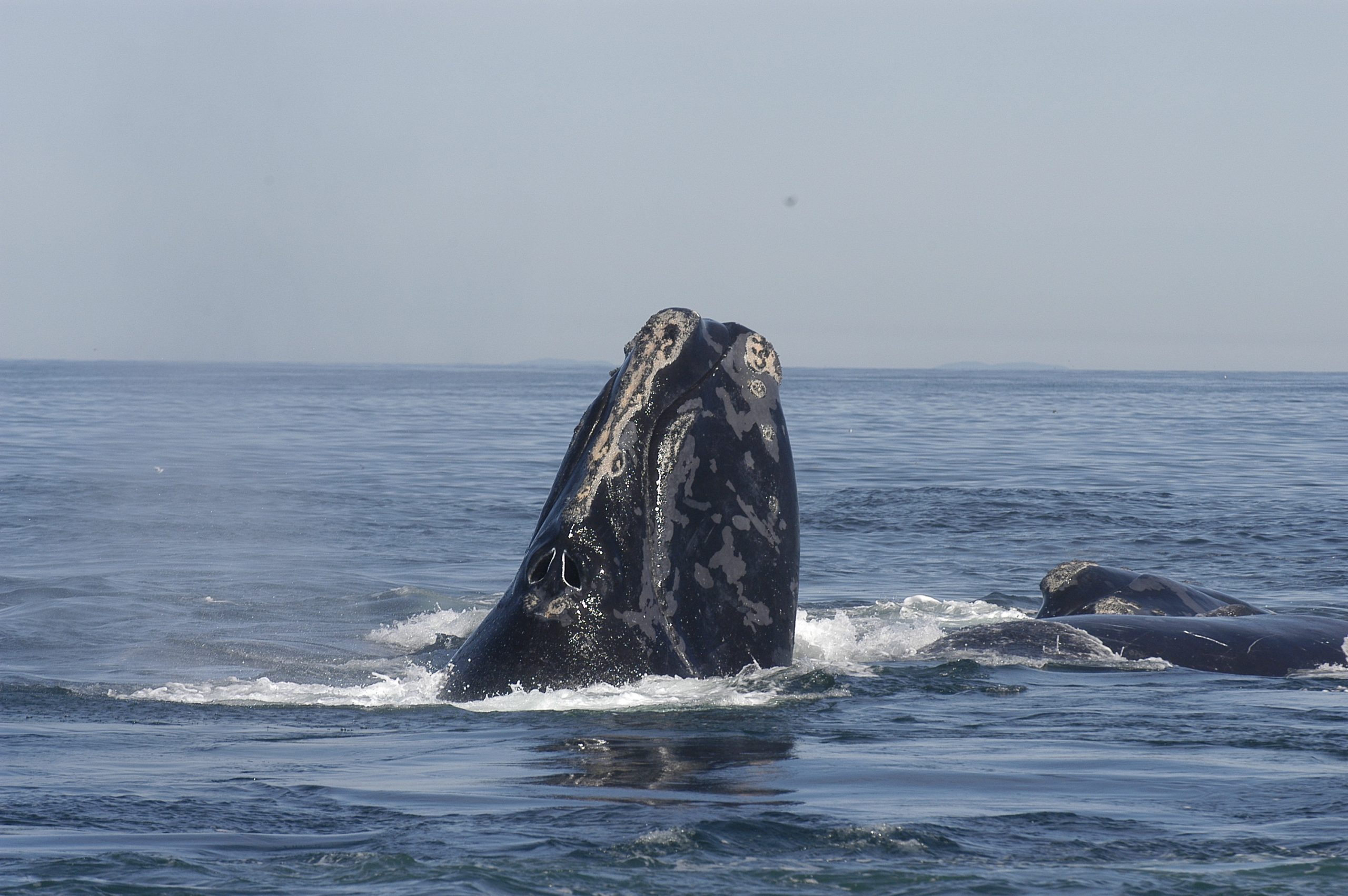
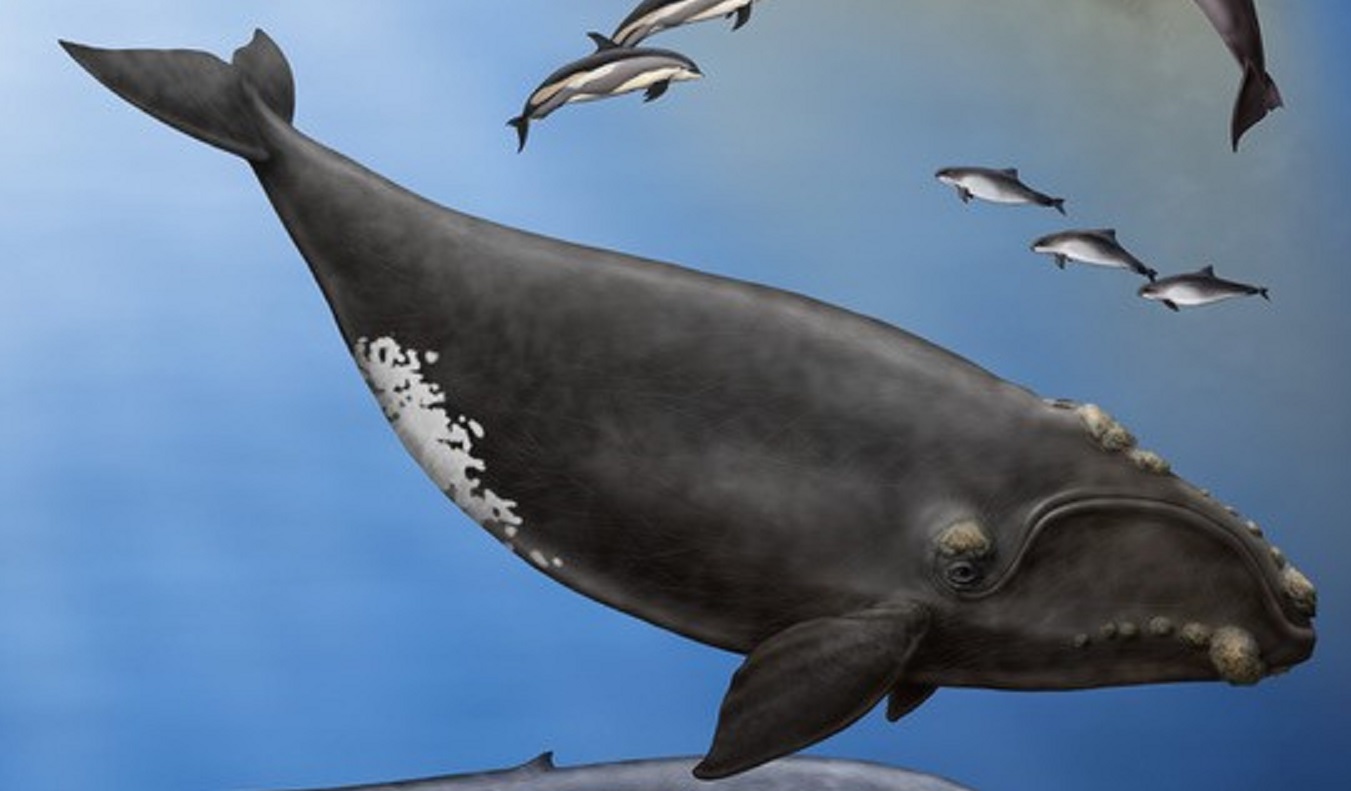 The North Atlantic Right Whale (Eubalæna glacialis) is one of the rarest of the large whales. It can weigh up to 63,500 kilograms and measure up to 16 metres. That’s the length of a transport truck and twice the weight! Females tend to be a bit larger than males – measuring, on average, one metre longer. Considering its weight, it’s fairly short, giving it a stocky, rotund appearance. Its head makes up about a fourth of its body length, and its mouth is characterized by its arched, or highly curved, jaw. The Right Whale’s head is partially covered in what is called callosities (black or grey raised patches of roughened skin) on its upper and lower jaws, and around its eyes and blowhole. These callosities can appear white or cream as small cyamid crustaceans, called “whale lice”, attach themselves to them. Its skin is otherwise smooth and black, but some individuals have white patches on their bellies and chin. Under the whale’s skin, a blubber layer of sometimes more than 30 centimetres thick helps it to stay warm in the cold water and store energy. It has large, triangular flippers, or pectoral fins. Its tail, also called flukes or caudal fins, is broad (six m wide from tip to tip!), smooth and black. That’s almost the same size as the Blue Whale’s tail, even though Right Whales are just over half their size. Unlike most other large whales, it has no dorsal fin.
The North Atlantic Right Whale (Eubalæna glacialis) is one of the rarest of the large whales. It can weigh up to 63,500 kilograms and measure up to 16 metres. That’s the length of a transport truck and twice the weight! Females tend to be a bit larger than males – measuring, on average, one metre longer. Considering its weight, it’s fairly short, giving it a stocky, rotund appearance. Its head makes up about a fourth of its body length, and its mouth is characterized by its arched, or highly curved, jaw. The Right Whale’s head is partially covered in what is called callosities (black or grey raised patches of roughened skin) on its upper and lower jaws, and around its eyes and blowhole. These callosities can appear white or cream as small cyamid crustaceans, called “whale lice”, attach themselves to them. Its skin is otherwise smooth and black, but some individuals have white patches on their bellies and chin. Under the whale’s skin, a blubber layer of sometimes more than 30 centimetres thick helps it to stay warm in the cold water and store energy. It has large, triangular flippers, or pectoral fins. Its tail, also called flukes or caudal fins, is broad (six m wide from tip to tip!), smooth and black. That’s almost the same size as the Blue Whale’s tail, even though Right Whales are just over half their size. Unlike most other large whales, it has no dorsal fin.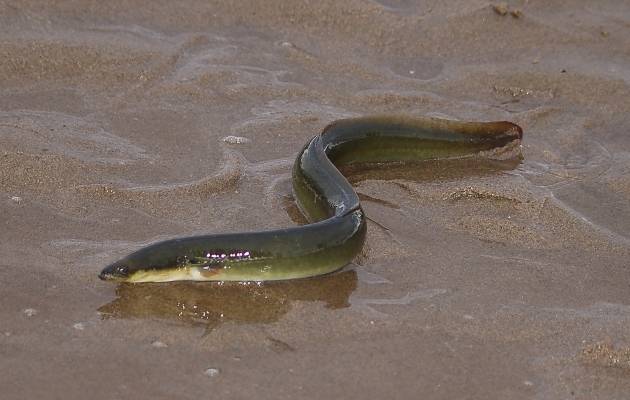
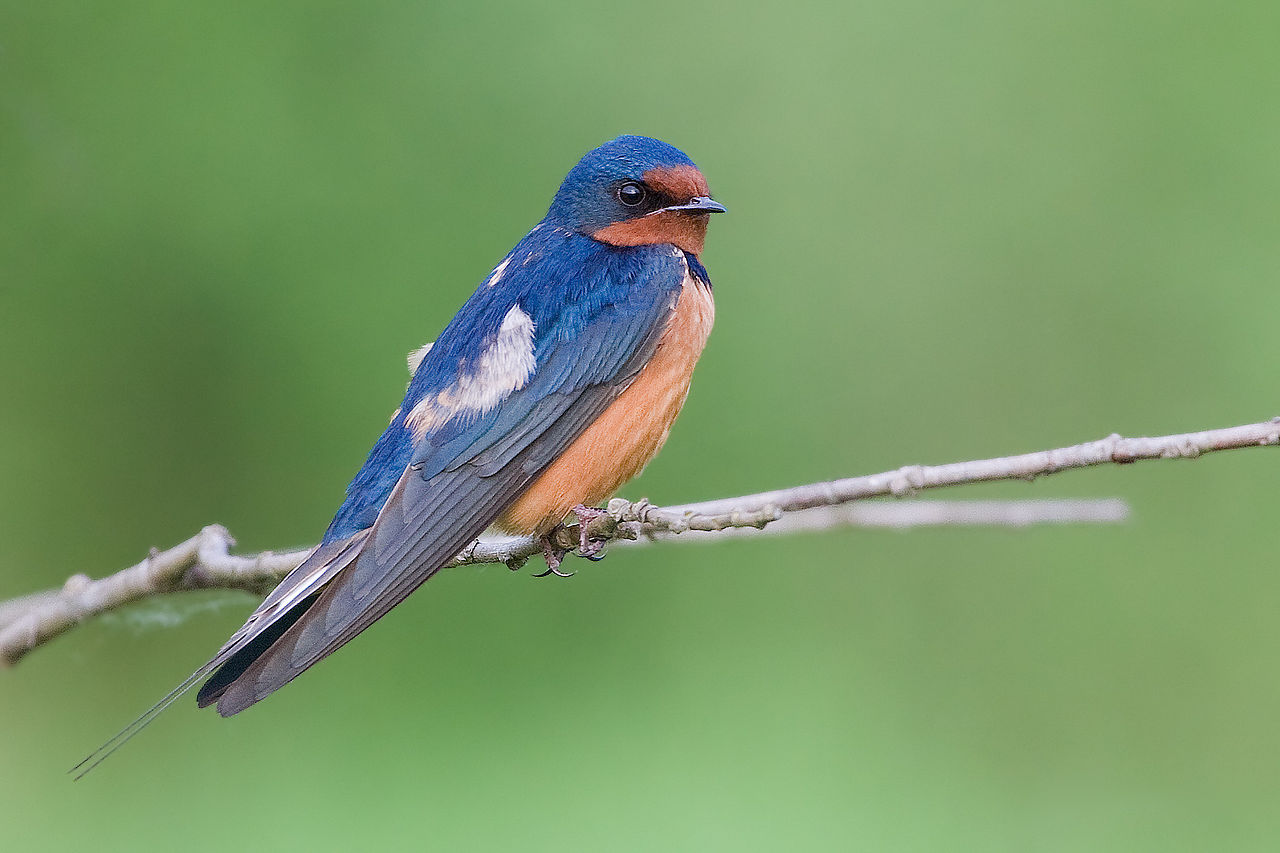

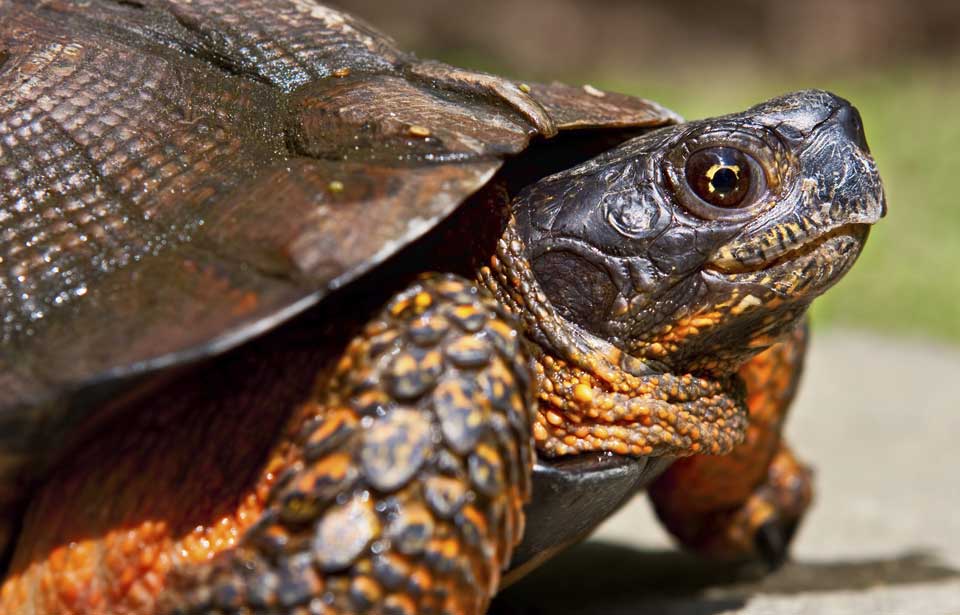
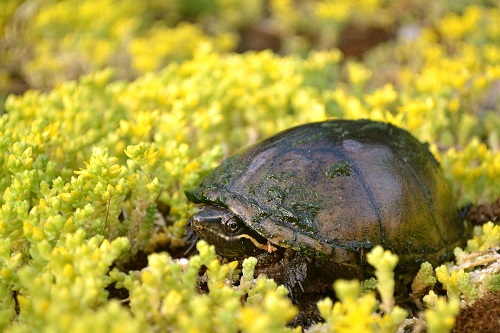

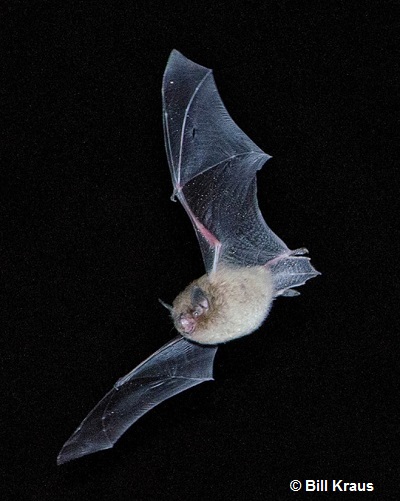

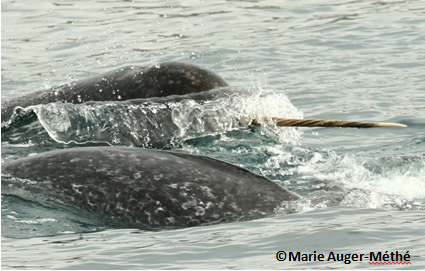
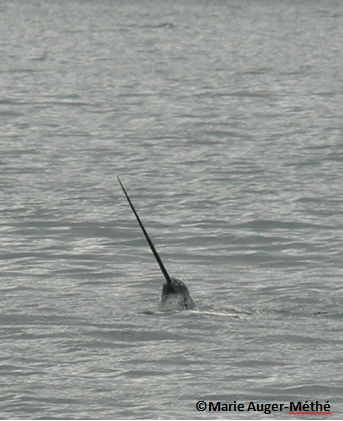
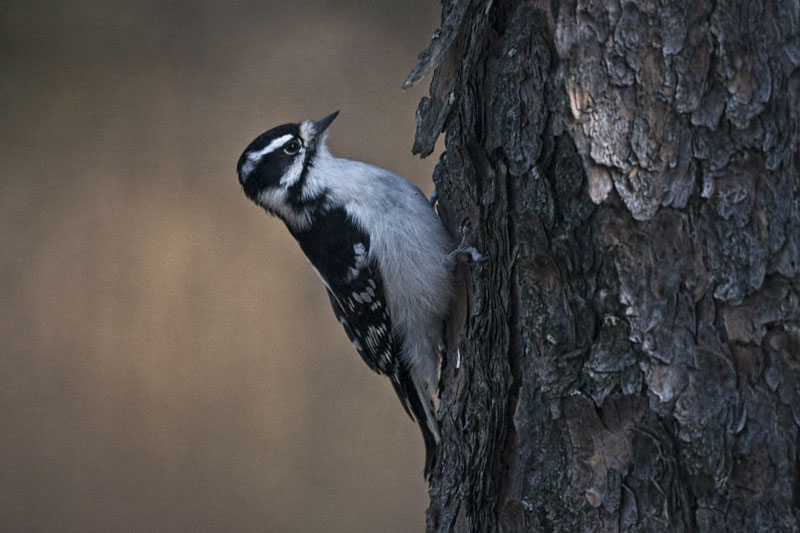

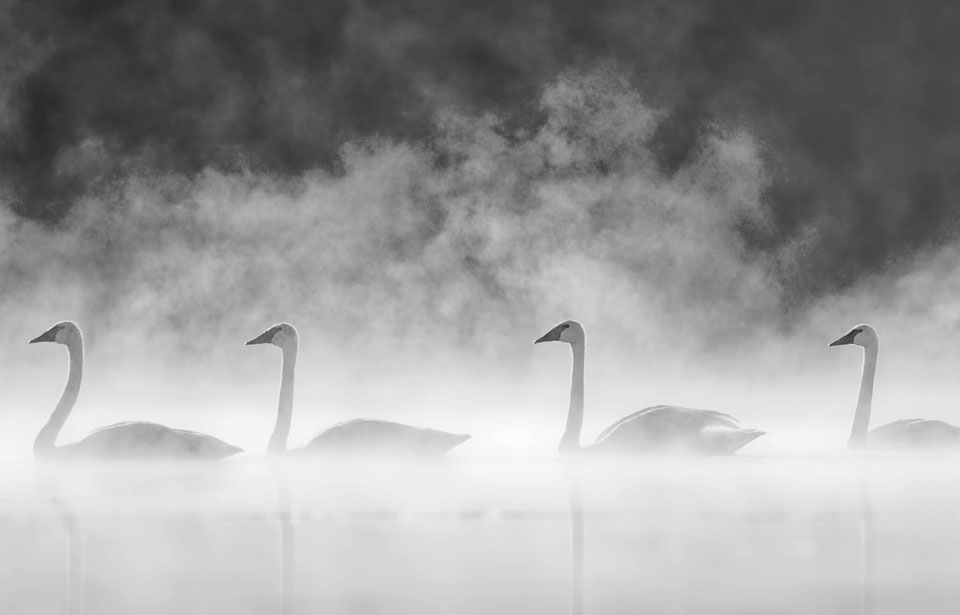
 Adult Trumpeter Swans Cygnus buccinator are large birds with white feathers and black legs and feet. The feathers of the head and the upper part of the neck often become stained orange as a result of feeding in areas rich in iron salts. The lack of colour anywhere on the swans’ bodies distinguishes them from other white species of waterfowl, such as snow geese, which have black wing tips.
Adult Trumpeter Swans Cygnus buccinator are large birds with white feathers and black legs and feet. The feathers of the head and the upper part of the neck often become stained orange as a result of feeding in areas rich in iron salts. The lack of colour anywhere on the swans’ bodies distinguishes them from other white species of waterfowl, such as snow geese, which have black wing tips.